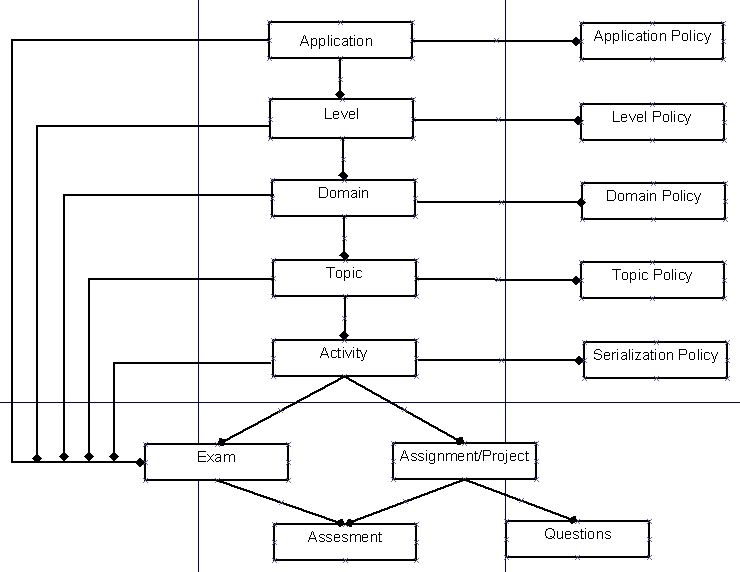Jupiter
JUPITER1.0
Introduction-This project is founded by SCOMST (School of Computer Science and Technology) which is part of a not-for-profit organization in a small town called Yavatmal in Maharashtra State, India. The project is under the aegis of the OLPC (One Laptop Per Child) effort and is currently in the Architecture/Design phase. Manusheel Gupta, Samuel Klein, and Lauren Klein from OLPC are supporting this project.
Project description- Jupiter is called "Brhaspati" (बृहस्पति) in the Sanskrit language and refers to the "Guru" (preceptor) of the Gods. The ultimate aim of Jupiter is to make self-study software for OLPC so intelligent and powerful that, just by knowing age and/or grade level and language of a student, it should be able to teach appropriate subjects and create learning database(s). Based on the learning records, it should be able to find the next level of course(s) for the student. With just the OLPC laptop, any remote student should be able to develop her literacy up to any level. Creating the courses for each level will be a part of this project. Information on this project will be updated on this page periodically.
Contributers - Tushar Sayankar (Founder and coordinator of the project), Roshan Kamath (Consulting for Architecture/Design). We need more developers and contributors for this project. We are looking at Squeak Etoys team to help on this project. Hilaire Fernandes from the Squeak team is working on a very similar project isToa and agreed to work with us. 'Keithy' from Squeak agreed to work with us on Architecture and suggested Solution Based Modelling [1], [2].
Implementation - The current understanding is that we will use Squeak (based on Smalltalk) to develop this project. EToys team of Squeak agreed to help on this project and volunteer. Looking at the TamTam application on OLPC laptop, Python might also be good choice. Hence, Python (plus pyGTK) is being investigated. This is still open and more feedback is solicited from the OLPC technical team.
Architecture - The following is the first pass at a high-level Entity-Relationship representation.
Entities - Application, Level, Domain, Topic, Activity, Assignment, Project, Exam, Assessment, Question, Serialization Policy, Application Policy, Level Policy, Domain Policy, Topic Policy etc.
Application - Application is the top most entity which allows developer to create various learning application e.g. Education curriculum, Musical learning, Cooking etc. This project focuses on Education curriculum although architecture supports to add any type of application.
Level - This is a grade or level of the education curriculam. It has multiple domains.
Domain - This is a domain of the topic like Language learning, Mathematics, Sociology, Science, Astronomy etc. Domain has multiple topics.
Topic - Topic is a subset of Domain. e.g. Under Language leraning domain, the topics will be English Alphabet learning, English Words learning, Marathi/Hindi alphabet learning, Number learning etc. Each topic has multiple activities.
Activity - Each activity under Topic has multiple assignments, projects and exams.
Assignment/Project - Each assignment/Project has an assessment.
Exam - Each exam has an assesment and each exam has multiple questions.
Policy - Each entity has policies (set of rules) defined. Serialization policy is defined between Activity, Assignment/Project, Exam, Questions, Assessment.
Teachine machine references - Power Learning Teaching Machine
